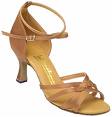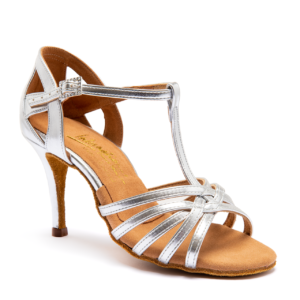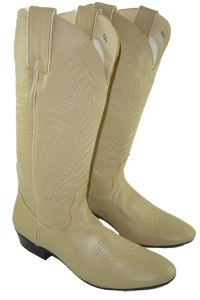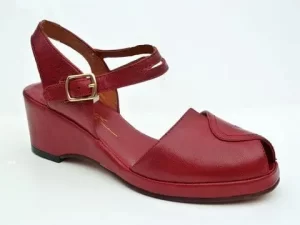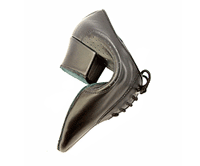Buying Dance Shoes
It is very important to have the proper shoes for dancing. They allow you to place your weight correctly and spin with safety and ease. Different dances have different requirements as far as heel height and style, but there are some things that are important to look for in any dance shoe.
The soles need to be flexible, allowing you to easily point your toe. They should be made of leather, suede, or a vegan substitute. I prefer suede, but many social dancers also like having leather soles. If you buy suede soled shoes make sure you purchase a steel “shoe brush”. Freshly brushed suede is better on slippery floors and leather is better on sticky floors.
Do not buy shoes with snap on straps. Although quick to put on, they won’t stay on as well as traditional straps.
Avoid shoes that are painful! Forcing yourself to wear shoes that don’t fit properly can cause serious foot problems. If you need to see the podiatrist, bring your dance shoes with you. He or she may be able to add pads to take pressure off painful areas such as the ball of the foot. Avoid shoes that push your big toe towards your smaller toes. If you have back problems, opt for a shorter heel.
You should be able to exchange shoes as long as they are not dirty or dyed. You can test them out on a clean floor.

Fit:
Dance shoes should be snug with no extra room, but not so tight that your foot is cramped. If you are worried that the shoe is too short or tight, trust you instincts. Well meaning sales people will often tell customers that the shoes will stretch because they are leather, but they usually don’t stretch as much as the sales people think they will.
Alterations:
On a woman’s open toed shoe, there should be very little overhang of the shoe past your toes. If the shoe otherwise fits, keep in mind that a good cobbler can shorten the overhang. Your shoes need to stay on firmly while you twist and spin.
Any straps should be worn tight enough to hold you heel firmly into the shoe. (Any cobbler can easily punch extra holes in your straps if needed.)
Sizing:.
If you are new to dancing, don’t be surprised if your feet “shrink” as you progress. If you use proper technique, you will develop your arch. During my first year of dance training, the length and width of my foot decreased a full size
Ladies, keep in mind that sandals often run shorter than your everyday street shoes.
Shoe Size Conversion Tables
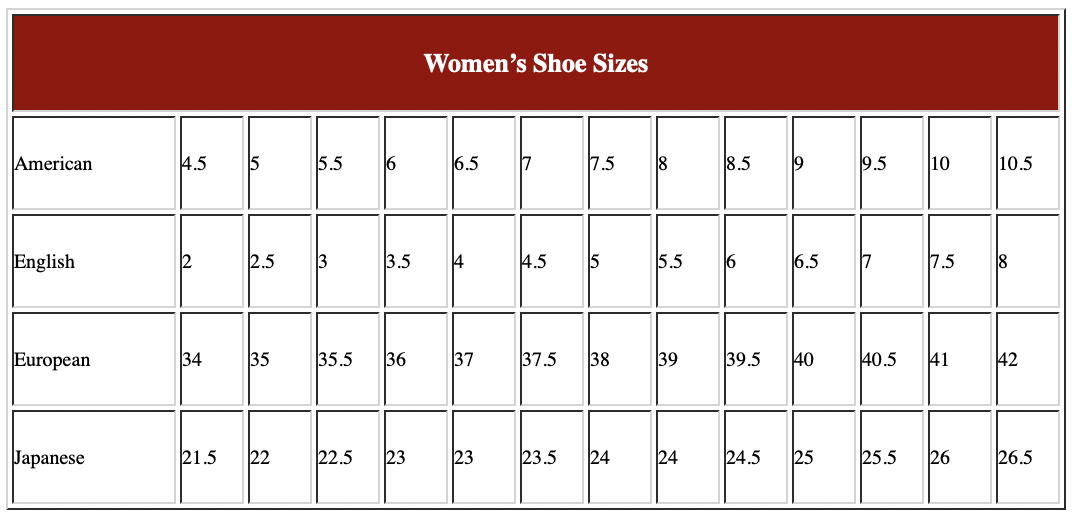
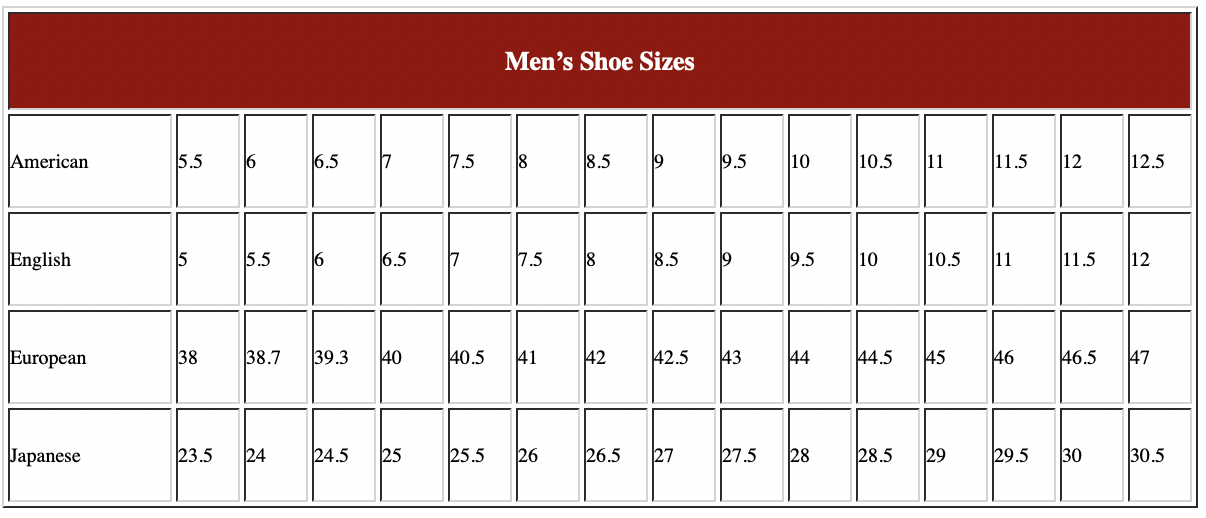

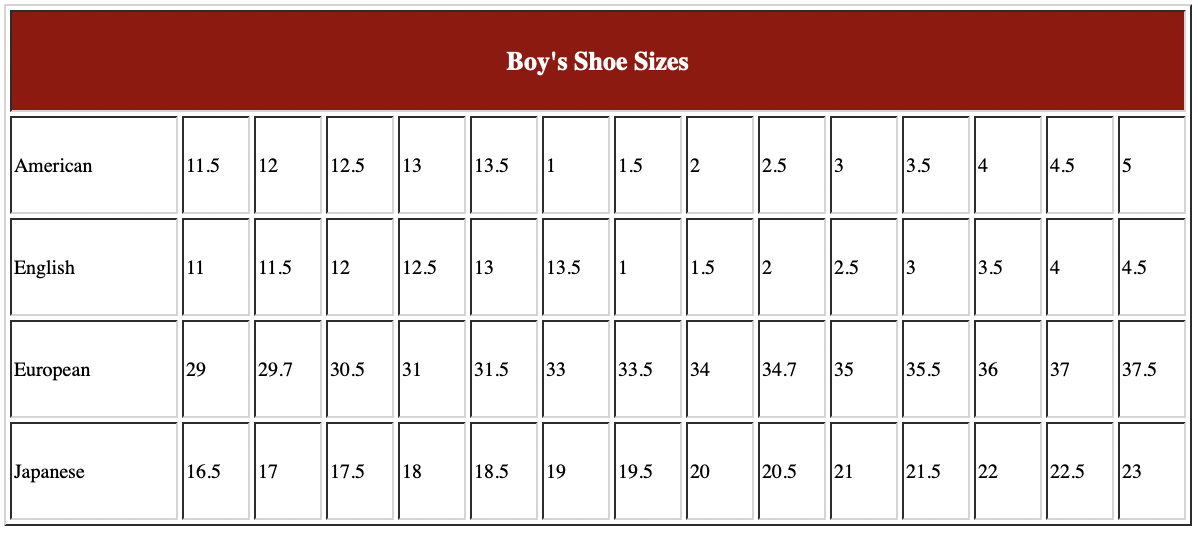
Please click on the links below for more detailed information on specific types of dance shoes.

